The crowd roared with hate. ‘Kill them! Hang the mongrel! Make them suffer!’
On the morning of February 24, 1986, as three of Anita Cobby’s killers were being led into a Blacktown court, an angry mob began to swell outside. They were baying for blood.
Handcuffed and ringed by detectives, John Travers, Michael Murdoch and Leslie Murphy were to be charged with the abduction, rape and murder of the 26-year-old nurse three weeks earlier.
Word had got out that the killers had been caught. Police in tactical gear were posted.
After three hours, a convoy of police cars emerged carrying the trio and in the heart of western Sydney, all hell broke loose.
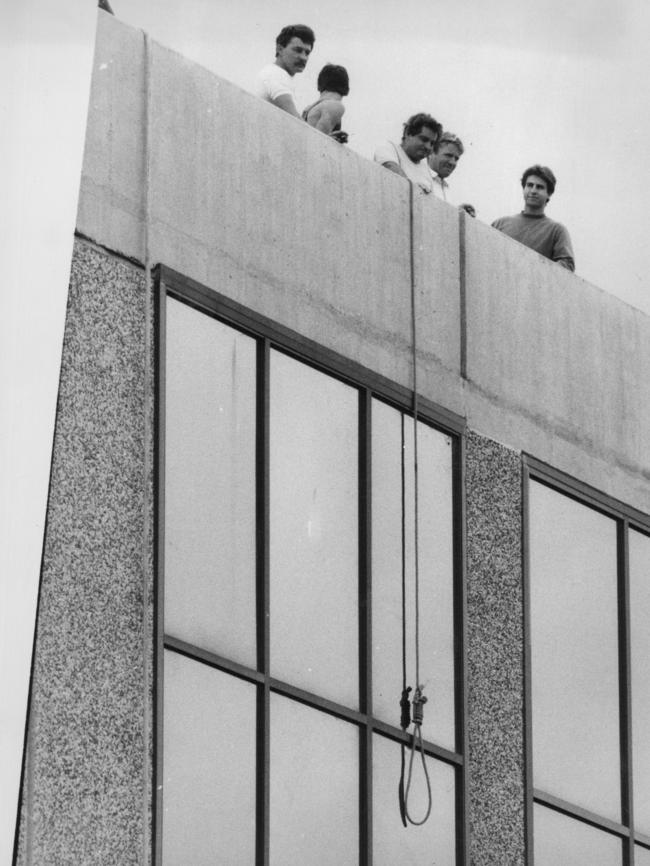
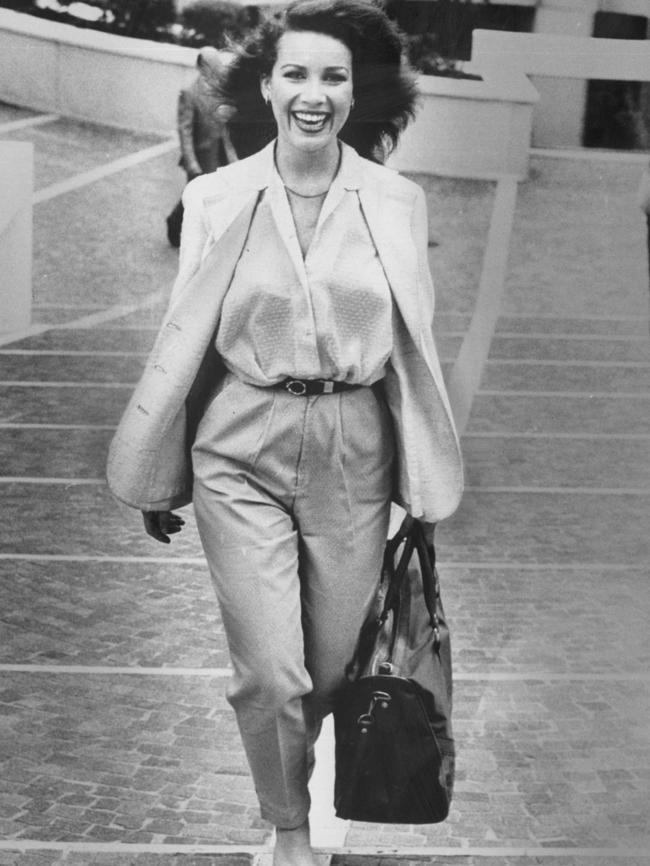
‘I saw the fear and anger in their eyes’
Gary Raymond was a detective sergeant working on the case at Blacktown police station that day and recalls the emergency broadcast that came over the PA.
All available police with guns and batons were urgently required at the front of the station.
“I got the shock of my life,” the retired chief inspector said. “There were a couple of hundred people there chanting and the chants were, ‘Hang the mongrels! Hang the bastards!’ and I saw the fear and anger in their eyes.”
By now, several hundred people had surrounded the courthouse and adjoining police station and began to surge towards the cars transporting the prisoners.
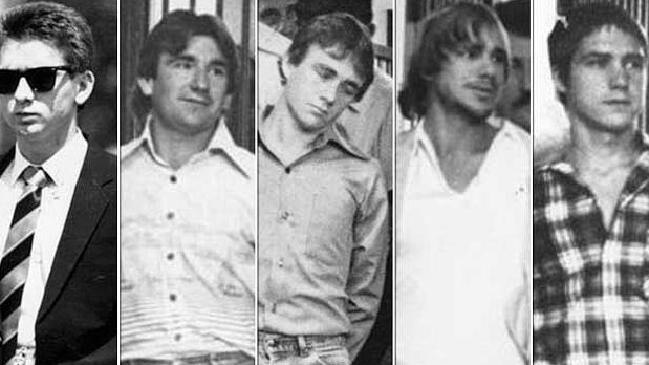
“I looked up and saw a noose coming out over the wall from the top of the carpark at Westpoint,” he said.
Workmen had tied a rope in a hang man’s noose and dangled it over the side of a building.
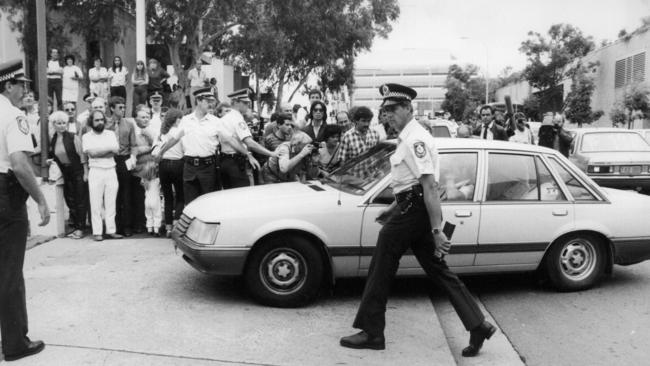
“Everyone saw it, as soon as they saw that noose, there was a switch. Something happened in their heads and the crowd got more violent trying to get them out of the cars as they came out of the station. They closed in on us and we fought vigorously.
“A fella said to me, ‘You got any daughters?’ And I said no mate and he said, ‘That figures, if you had daughters, you’d let us at em’.”
‘They were going to hang them’
People were fighting each other to get to the cars and for the first time in his career, Gary Raymond was afraid.
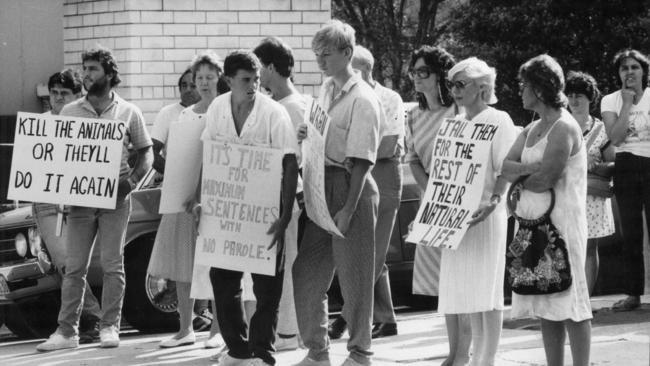
“The anger on their faces. That glazed look and the white saliva between their lips, people were shaking, grinding their teeth and they were screaming at us to let them have ‘em because they were going to hang them on this noose.
“I’d been an ambulance officer and in police rescue for ten years before that and nothing frightened me, nothing at all.
“But this put some terror into me because I thought if they break through our lines, they will smash the cars up, get them out and they will hang them.
“I was witness to a modern lynch mob”.
‘It caught everyone totally by surprise’
Homicide detectives and police were already shaken by the case they were investigating.
The appalling details of the young woman’s final hours, the degrading acts perpetrated on her and the state of her body when she was found in the paddock on Reen Rd has stayed with retired detective inspector Ian Kennedy to this day.
‘I’ll just never forget the look in her eyes. I can see it right now,” said Kennedy, who headed the murder inquiry at a breakneck speed.
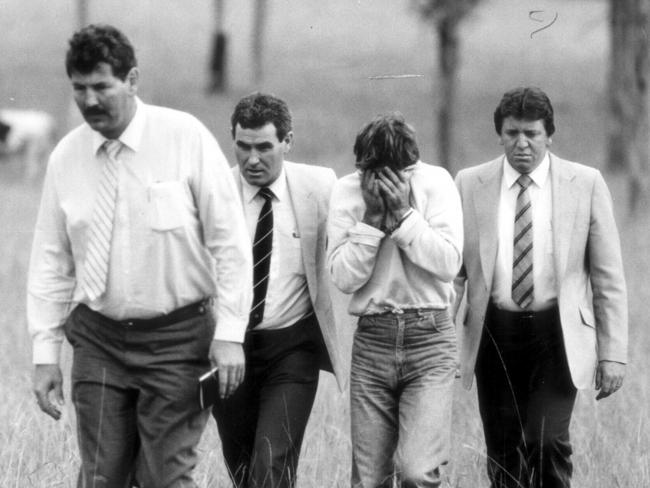
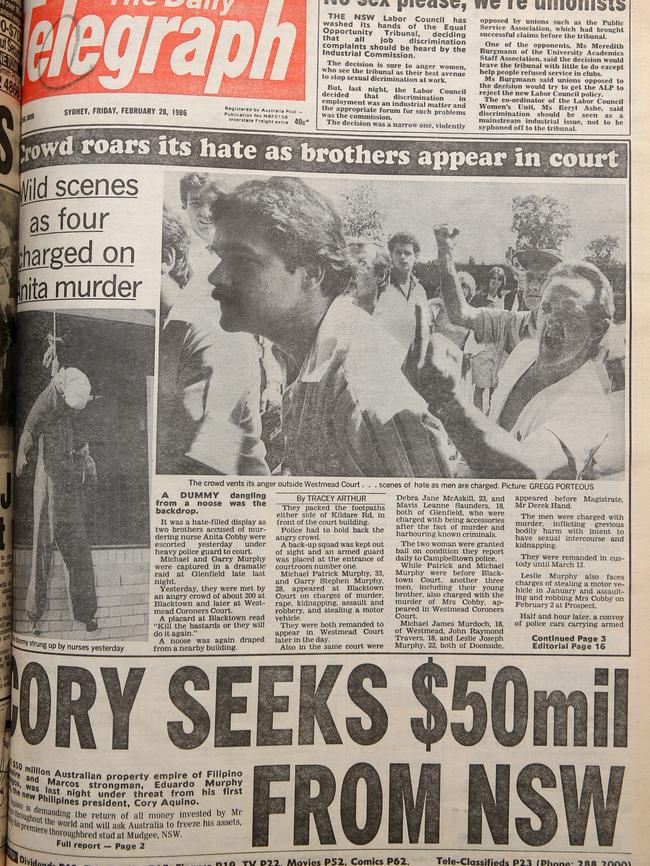
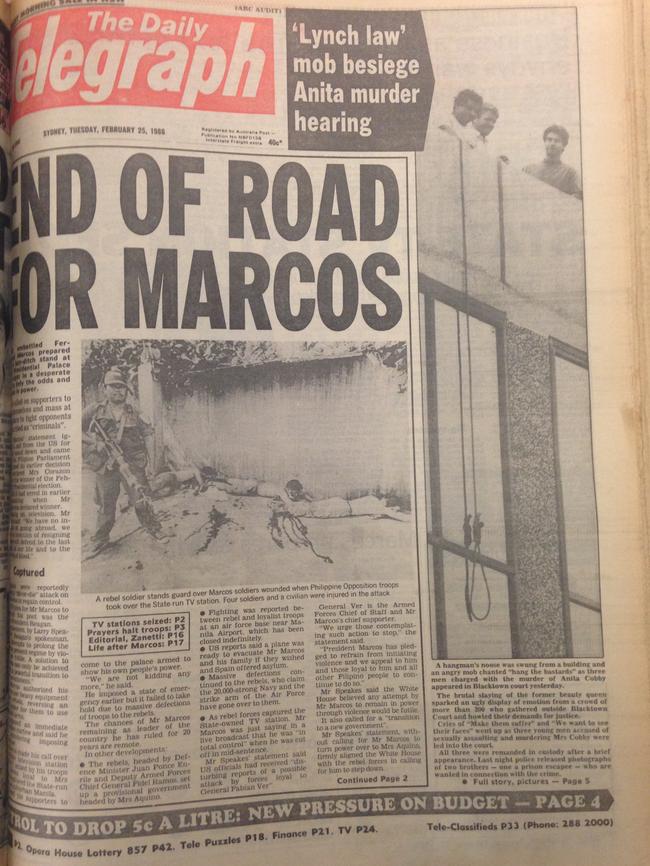
Police were under immense public pressure to solve the case. Public anger was rising, especially after John Laws broadcast a leaked post-mortem report of Anita’s injuries on air.
Finally on February 21, after weeks of frustration, Travers, Murdoch and Les Murphy were arrested on a car theft charge. The following day, Travers was recorded confessing to the murder.
Consumed by catching the killers, Kennedy hadn’t anticipated the show of public anger at Blacktown Court.
“I think it caught everyone totally by surprise,” he said. “I know the community was shocked over this murder, over the fact of who it was — a nurse who helped everyone, an attractive young girl — and the way it happened.
“There was anger out there, we knew that there was disgust about the fact that this could happen. But certainly we didn’t expect it to surface in the way that it did.”
‘You could, feel, taste and smell the fear’
It wasn’t the first horrific crime in Australia but the fear and loathing generated in the community was extreme.
“The level of brutality by these five, the torture part of it, the severely bad sexual assault, that really sort of got the community anger and fear levels up,” said Gary Raymond. “They’ve never been to a level like that since, it was fever pitch.”
In the three weeks before the five were caught, people became hypervigilant; public places were off-limits after dark and some women even stopped going to work.
“The public were going to extraordinary levels of safety because they were horrified these individuals would offend again, and I think even today and we’re coming to 30 years down the track, people still use Anita Cobby as the safety and security benchmark for their daughters today.
“Everyone was afraid, it was like everyone bunkered in. People who were going to pick up their relatives at the railway station or from the workplace were arming themselves with baseball bats, hammers and crowbars.
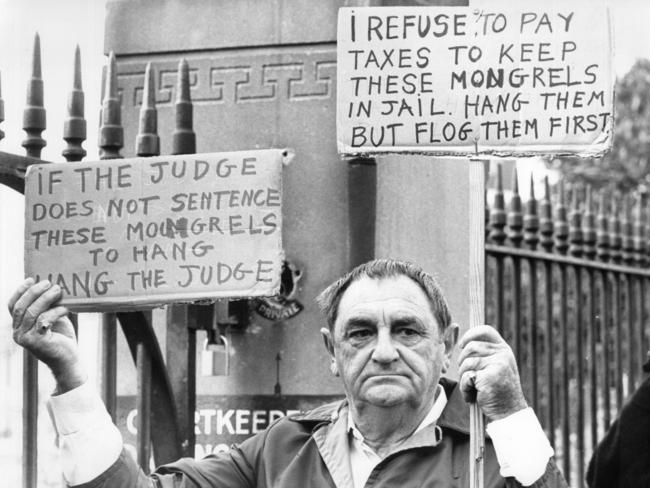

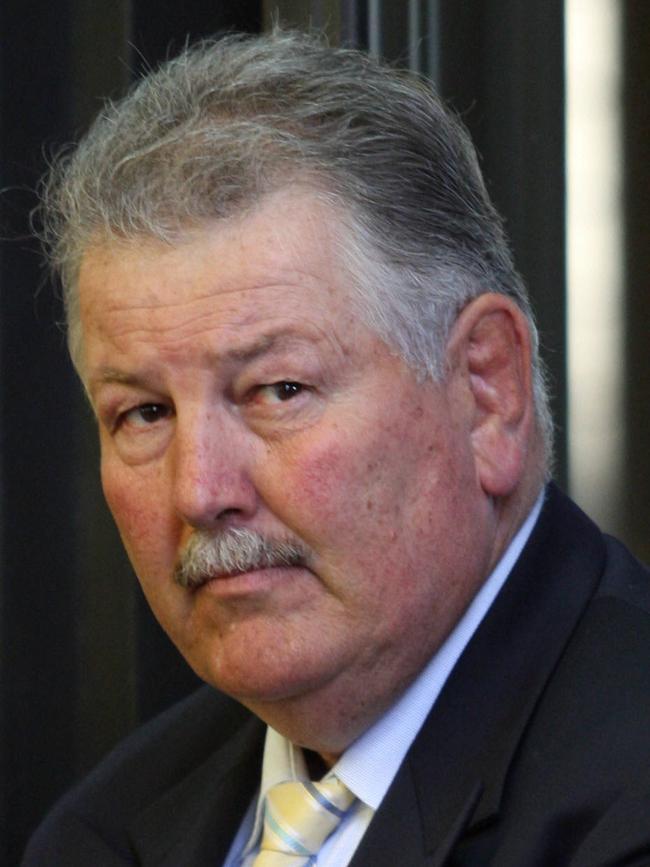
“One fella said he borrowed a .22 calibre rifle from a relative in Mudgee. I spoke to him about the illegality of that and he said, ‘Well, you won’t catch me with it but if they come near my wife or daughters, I’ll blow their heads off’.
“You could, feel, taste and smell the fear in the air when the word got out of the brutality of the crime.”
Postscript
The chaotic scenes of February 24 would be repeated over the coming days after the capture of Gary and Michael Murphy.
On February 27, all five of the perpetrators appeared at Blacktown court and an even bigger mob lined the footpath of Kildare Rd. Screaming for the death penalty, the hurled abuse and hammered on police cars as the men were taken to the crime scenes and later, prison to await trial.
Throughout the duration of the trial, protesters continued to call for capital punishment for Anita Cobby’s killers.

Add your comment to this story
To join the conversation, please log in. Don't have an account? Register
Join the conversation, you are commenting as Logout
Watch the moment lifeless man yanked from burning wreckage
I was hit by a car going 170km/h and survived. No doubt about it, I should probably be dead. But after I was left unconscious, burning, trapped and helpless, something incredible happened, writes Advertiser journalist Ben Hyde.
‘I’m Afghan and feel pride every time I put on my Aussie uniform’
Kbora Ali’s dad was rescued from the Timor Sea by the Royal Australian Navy on his journey to escape persecution. Now, she is committed to serving the country that saved her family.